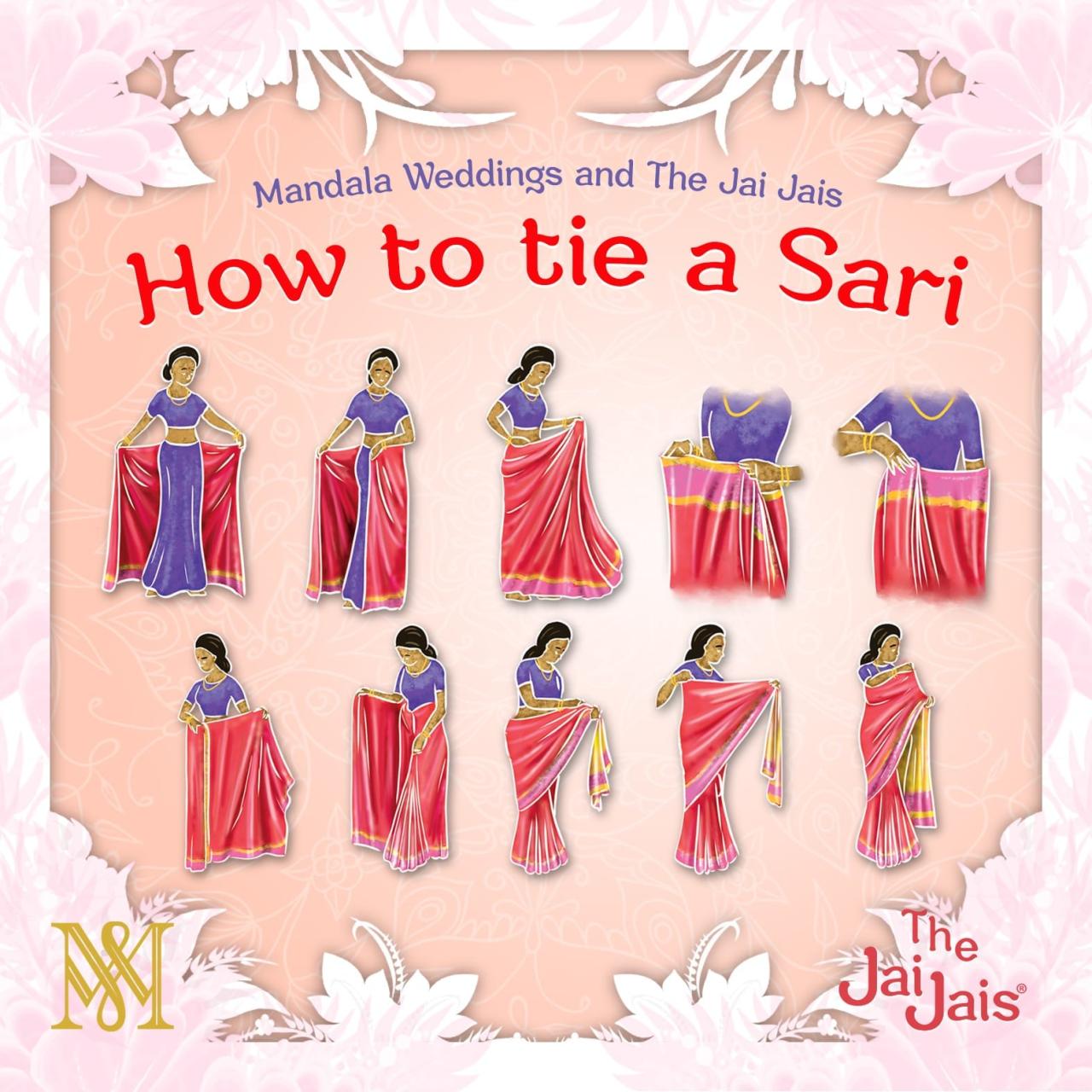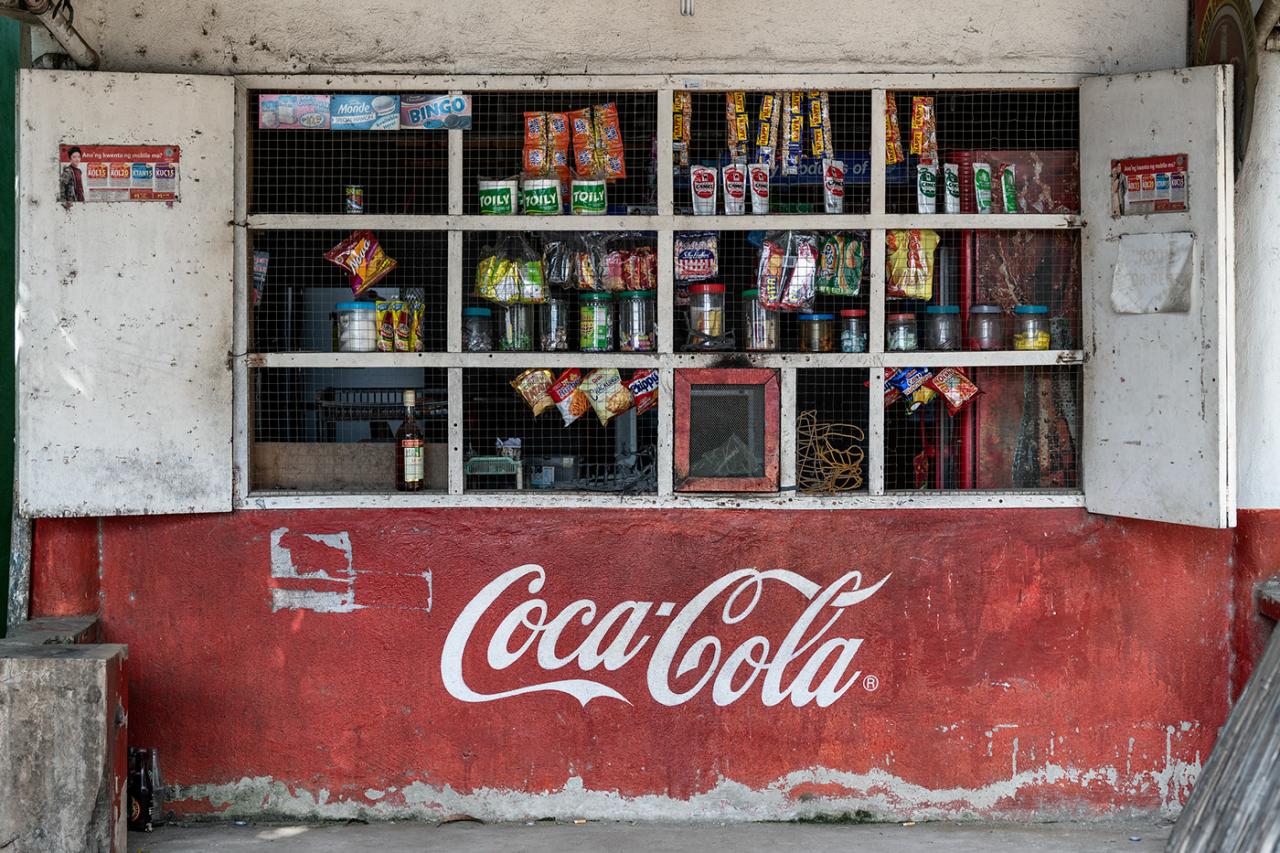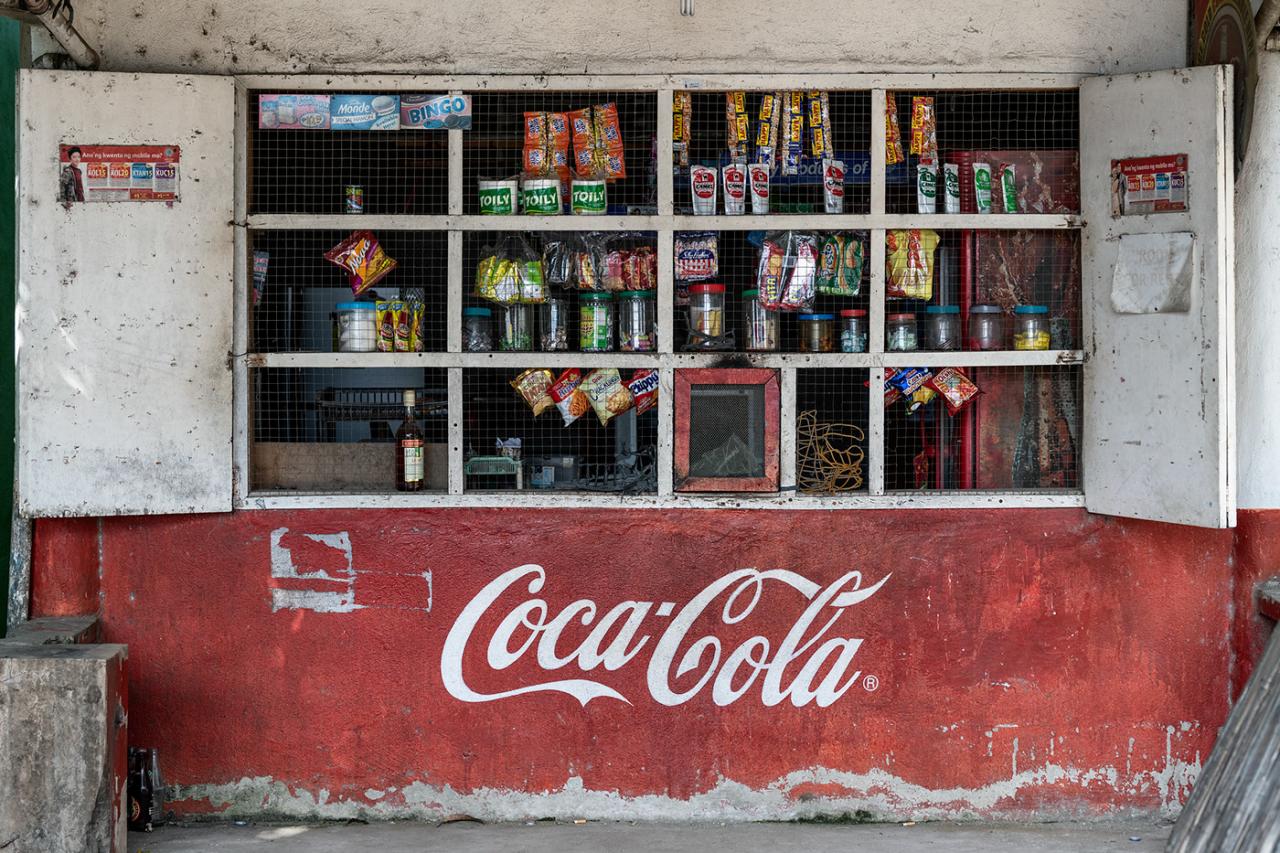Wrapped Indian garments, a timeless expression of culture and tradition, have evolved through centuries to reflect the vibrant tapestry of India’s heritage. From their historical origins to contemporary interpretations, these garments embody the essence of Indian artistry and craftsmanship.
These garments, intricately woven from diverse fabrics and adorned with exquisite designs, hold deep cultural and religious significance. They have been a canvas for storytelling, reflecting the regions and communities they represent.
Historical Significance and Cultural Impact: Wrapped Indian Garment

Wrapped Indian garments, also known as saris and dhotis, have a rich history and cultural significance in India. The origins of these garments can be traced back to the ancient Indus Valley Civilization, where they were worn as simple loincloths.
Over time, these garments evolved and became more elaborate, with the sari becoming a symbol of grace and femininity, and the dhoti a symbol of masculinity and strength. Both garments are worn by people of all ages and social classes, and they continue to play an important role in Indian culture and society.
Cultural and Religious Significance
Wrapped Indian garments are not just a fashion statement; they also have a deep cultural and religious significance. The sari, in particular, is considered a sacred garment and is often worn by women during religious ceremonies and festivals. It is also worn by brides on their wedding day.
The dhoti, on the other hand, is often worn by men during religious ceremonies and festivals. It is also worn by priests and other religious figures.
Different Types of Wrapped Garments, Wrapped indian garment
There are many different types of wrapped Indian garments, each with its own unique style and purpose. Some of the most popular types of saris include the Banarasi sari, the Kanjeevaram sari, and the Paithani sari. Some of the most popular types of dhotis include the dhoti, the lungi, and the khada.
- The Banarasi sari is a type of silk sari that is known for its intricate designs and rich colors.
- The Kanjeevaram sari is a type of silk sari that is known for its vibrant colors and heavy embroidery.
- The Paithani sari is a type of silk sari that is known for its geometric patterns and bright colors.
- The dhoti is a type of cotton garment that is worn by men. It is typically white or cream in color and is wrapped around the waist and legs.
- The lungi is a type of cotton garment that is worn by men. It is typically checkered or striped in color and is wrapped around the waist and legs.
- The khada is a type of cotton garment that is worn by men. It is typically white or cream in color and is wrapped around the waist and legs.
Fabric, Design, and Embellishments

Wrapped Indian garments showcase a vibrant tapestry of fabrics, intricate designs, and exquisite embellishments that embody the rich cultural heritage of India. These garments are not only a reflection of personal style but also hold deep historical and cultural significance.
The fabrics used in wrapped Indian garments vary widely, each offering unique qualities and characteristics. Soft and flowing fabrics like silk, cotton, and chiffon are popular choices for their comfort and elegance. Heavier fabrics such as brocade and velvet are often used for formal occasions and special events, adding a touch of opulence and grandeur.
Intricate Designs and Patterns
The designs and patterns found on wrapped Indian garments are as diverse as the fabrics themselves. Geometric patterns, floral motifs, and intricate embroidery are common features, often inspired by nature and traditional Indian art forms. Paisley, a distinctive teardrop-shaped motif, is a popular design element that has become synonymous with Indian textiles.
Embellishments and Accessories
Embellishments play a crucial role in enhancing the beauty and significance of wrapped Indian garments. Intricate beadwork, sequins, mirrors, and tassels are meticulously added to create stunning visual effects. Accessories such as jewelry, scarves, and headpieces complement the garments, adding a touch of personal style and cultural flair.
Contemporary Adaptations and Modern Interpretations

Wrapped Indian garments have undergone significant adaptations to align with modern fashion trends while preserving their traditional essence. Contemporary designers have embraced these garments, incorporating traditional elements into their designs, resulting in a fusion of tradition and modernity.
Fashion Designers and Adaptations
- Sabyasachi Mukherjee:Known for his intricate designs, Mukherjee often incorporates traditional Indian motifs, such as gota patti and zardozi embroidery, into his contemporary creations.
- Manish Malhotra:Malhotra’s designs blend traditional Indian fabrics with modern silhouettes, creating elegant and sophisticated pieces.
- Anita Dongre:Dongre’s designs showcase traditional Indian crafts, such as handloom weaving and block printing, in a modern and wearable way.
Cultural and Social Implications
These adaptations have cultural and social implications, bridging the gap between tradition and modernity. They allow individuals to connect with their heritage while embracing contemporary fashion trends. Moreover, these adaptations have helped to globalize Indian fashion, showcasing its versatility and appeal to a wider audience.
Summary
In the modern era, wrapped Indian garments continue to inspire designers and fashion enthusiasts alike. Contemporary adaptations have blended traditional elements with modern aesthetics, creating a fusion that celebrates both heritage and innovation. These garments have transcended cultural boundaries, becoming a symbol of India’s rich textile tradition and its enduring influence on global fashion.
Essential FAQs
What are the most common fabrics used in wrapped Indian garments?
Cotton, silk, and linen are widely used fabrics, each offering distinct qualities of comfort, drape, and elegance.
How do wrapped Indian garments vary across different regions of India?
Variations exist in terms of draping styles, embellishments, and motifs, reflecting the diverse cultural influences and traditions of each region.
What are some popular contemporary adaptations of wrapped Indian garments?
Designers have incorporated traditional elements into modern silhouettes, creating fusion pieces that blend heritage with contemporary aesthetics.

